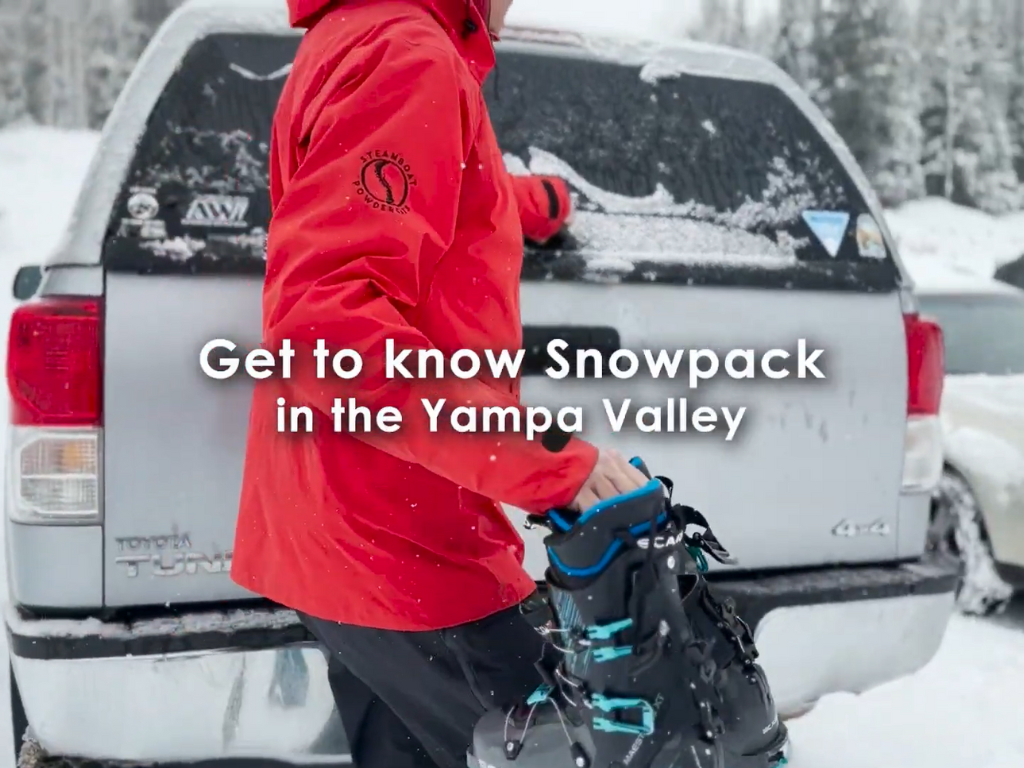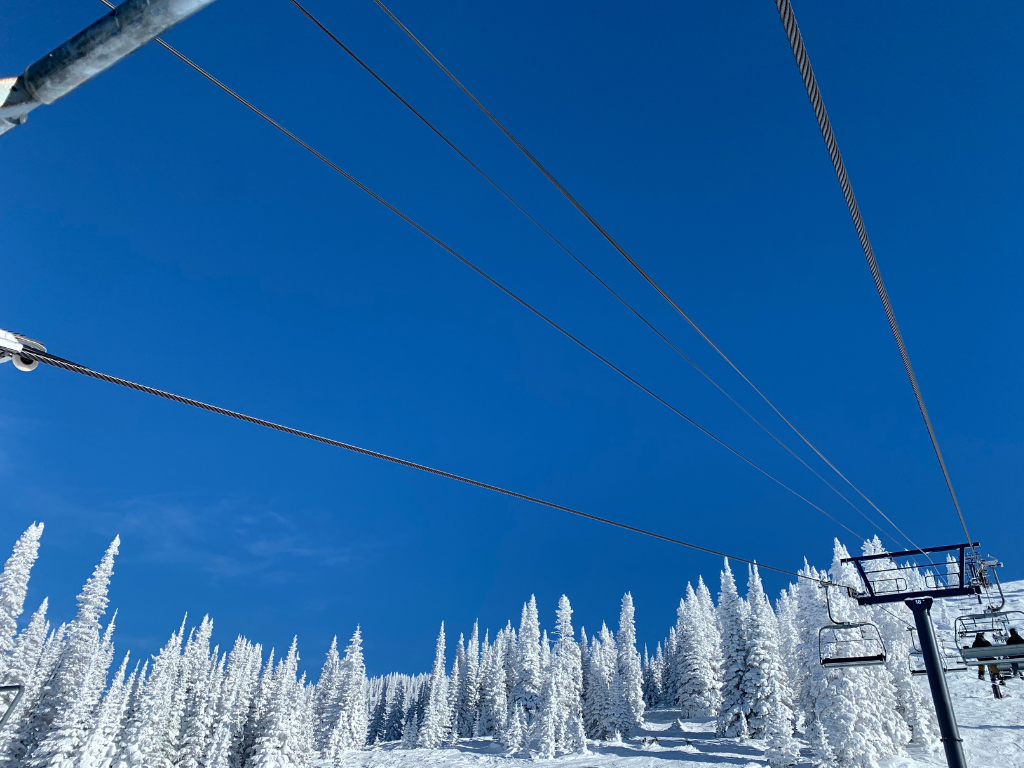OCTOBER 29, 2015 BY
Tuesday evening we hosted Mark Easter of CSU’s Natural Resource Ecology Laboratory to discuss his extensive knowledge on how agriculture produces greenhouse gases – in the forms of CO2 (Carbon), N2O (nitrogen), CH4 (methane). Easter used the analogy of the Story of Bread, and of what the affect of tilling, planting, fertilizing, applying pesticides, harvesting, transporting, baking, selling and then unfortunately landfilling the waste of bread has on our environment (image right). The CO2 is produced from every aspect of the story (600 billion metric tons), N2O is produced from the fertilizer runoff (10-15% in the US, more China), and the CH4 is produced at the landfill.
In summary, 1 medium sized loaf of traditional bread from a large factory yields 1 pound of greenhouse gases. But we have the power to change that. Easter posed solutions for the group: till the land minimally, transfer vehicles to biodiesel, rotate crops, use less (or no) fertilizer, use alternative energies, buy local to cut transportation impacts, and keep food out of landfills (compost). One solution that Easter is reluctant to suggest is to eat less beef – second largest ag contributor of greenhouse gas, next to lamb. As high as 40lbs of greenhouse gas can come from 1lb of beef, but this stat refers to mass production, grain-fed beef that comes from many states away. Here in Northwest Colorado, we have the benefit of a large source of grass-fed local beef, which was two longtime local ranching families, Stanko and Daughenbaugh/Gray, enlightened upon. Jo Stanko, fourth generation rancher and 30-year educator, brought light to two important pieces Easter’s presentation skipped over – that grass is a carbon sequester (another added benefit of grass-fed cattle), and the economic contribution of the cattle industry, which is as high as 65% in Colorado alone.
Easter also stressed the importance of transportation in this story. Alaska salmon flown in fresh can add three to five times the CO2 to the picture as frozen salmon.
But one of the largest numbers Easter reported is one we’ve heard and discussed before – 40% of our landfilled waste comes from unused food – amounting to 43 billion tons annually in the US, and that’s a number we have to change. YVSC has hosted several other events on food waste which can be read about here: http://yvsc.org/?s=food+waste
Tom Ross’s (Steamboat Today) summary of this event can be read here: http://www.steamboattoday.com/news/2015/oct/28/csu-ecologist-calls-out-cattle-tracks-greenhouse-g/
Easters full slide presentation can be viewed here: http://yvsc.org/wp-content/uploads/2016/01/Easter-A-Biography-of-Bread.pdf
Video from the event:
Calculating Greenhouse Gases, the Story of Bread – with CSU NRELs Mark Easter
Tuesday evening we hosted Mark Easter of CSU’s Natural Resource Ecology Laboratory to discuss his extensive knowledge on how agriculture produces greenhouse gases – in the forms of CO2 (Carbon), N2O (nitrogen), CH4 (methane). Easter used the analogy of the Story of Bread, and of what the affect of tilling, planting, fertilizing, applying pesticides, harvesting, transporting, baking, selling and then unfortunately landfilling the waste of bread has on our environment (image right). The CO2 is produced from every aspect of the story (600 billion metric tons), N2O is produced from the fertilizer runoff (10-15% in the US, more China), and the CH4 is produced at the landfill.
In summary, 1 medium sized loaf of traditional bread from a large factory yields 1 pound of greenhouse gases. But we have the power to change that. Easter posed solutions for the group: till the land minimally, transfer vehicles to biodiesel, rotate crops, use less (or no) fertilizer, use alternative energies, buy local to cut transportation impacts, and keep food out of landfills (compost). One solution that Easter is reluctant to suggest is to eat less beef – second largest ag contributor of greenhouse gas, next to lamb. As high as 40lbs of greenhouse gas can come from 1lb of beef, but this stat refers to mass production, grain-fed beef that comes from many states away. Here in Northwest Colorado, we have the benefit of a large source of grass-fed local beef, which was two longtime local ranching families, Stanko and Daughenbaugh/Gray, enlightened upon. Jo Stanko, fourth generation rancher and 30-year educator, brought light to two important pieces Easter’s presentation skipped over – that grass is a carbon sequester (another added benefit of grass-fed cattle), and the economic contribution of the cattle industry, which is as high as 65% in Colorado alone.
Easter also stressed the importance of transportation in this story. Alaska salmon flown in fresh can add three to five times the CO2 to the picture as frozen salmon.
But one of the largest numbers Easter reported is one we’ve heard and discussed before – 40% of our landfilled waste comes from unused food – amounting to 43 billion tons annually in the US, and that’s a number we have to change. YVSC has hosted several other events on food waste which can be read about here: http://yvsc.org/?s=food+waste
Tom Ross’s (Steamboat Today) summary of this event can be read here: http://www.steamboattoday.com/news/2015/oct/28/csu-ecologist-calls-out-cattle-tracks-greenhouse-g/
Easters full slide presentation can be viewed here: http://yvsc.org/wp-content/uploads/2016/01/Easter-A-Biography-of-Bread.pdf
Video from the event:
Photos from the event:
Thank you to this Talking Green’s sponsors:












